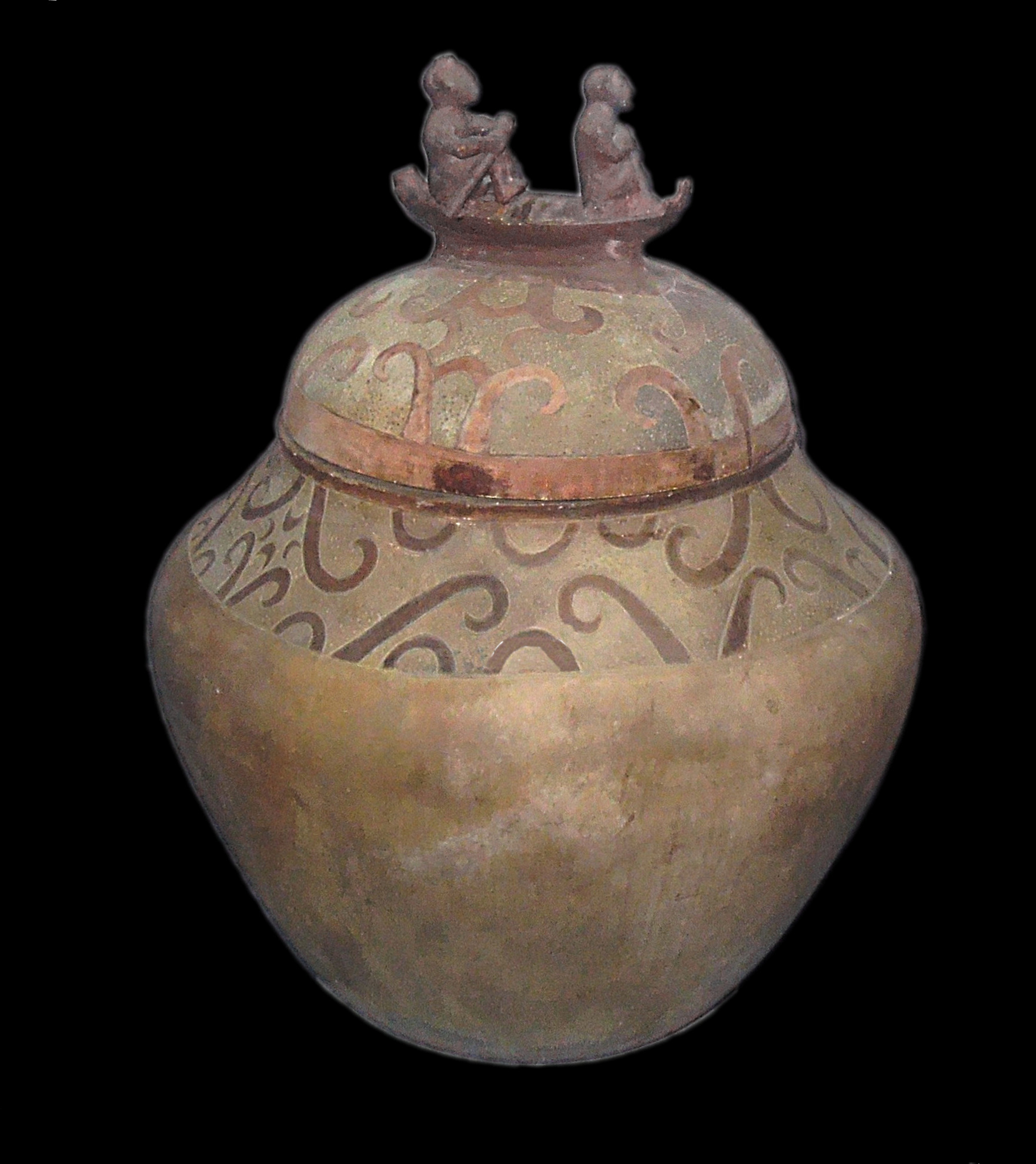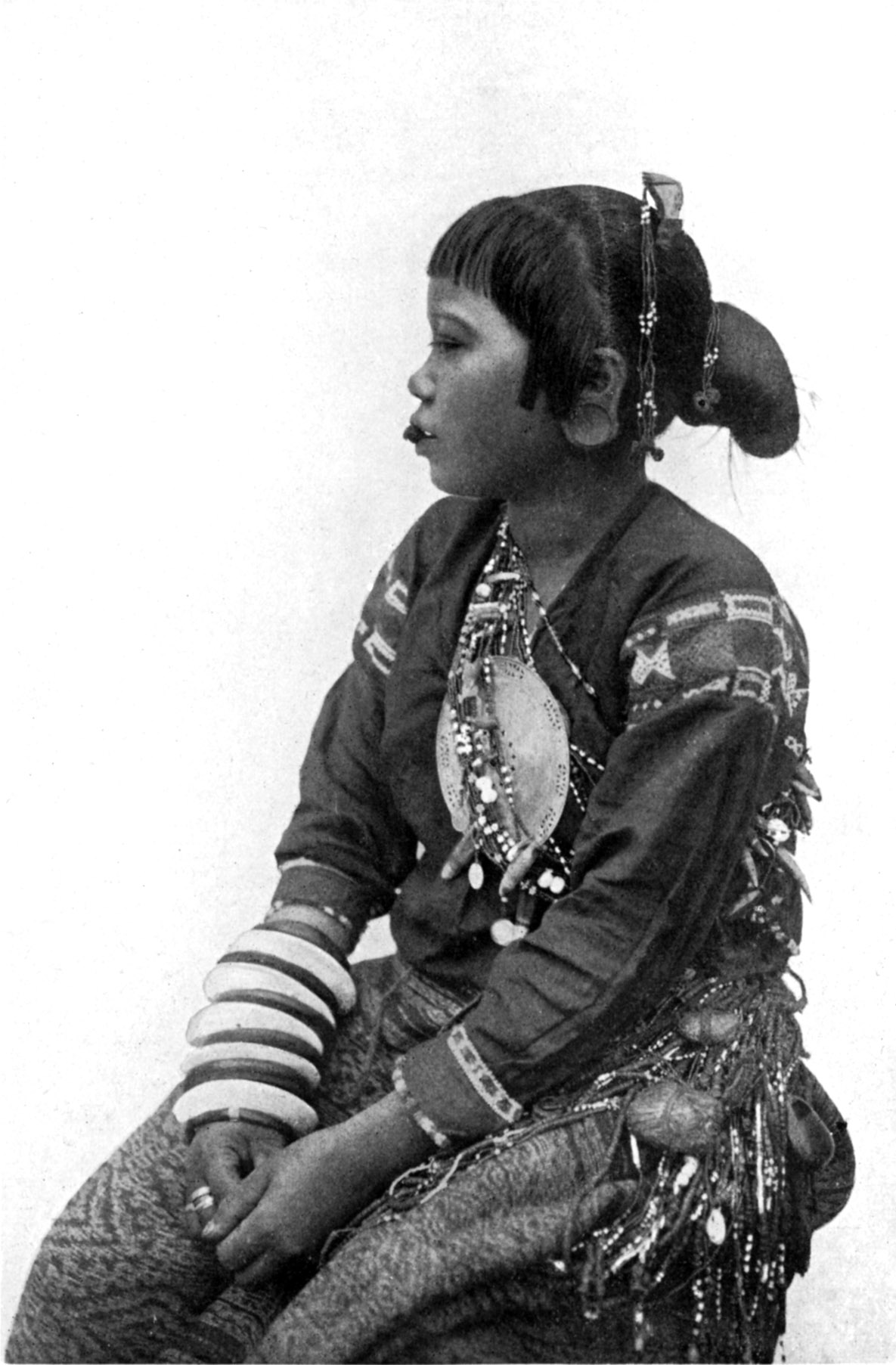|
Babaylan
Filipino shamans, commonly known as (also ''balian'' or , among many other names), were shamans of the various ethnic groups of the pre-colonial Philippine islands. These shamans specialized in communicating, appeasing, or harnessing the spirits of the dead and the spirits of nature. They were almost always women or feminized men ( or ). They were believed to have spirit guides, by which they could contact and interact with the spirits and deities (''anito'' or ''diwata'') and the spirit world. Their primary role were as mediums during ''pag-anito'' séance rituals. There were also various subtypes of specializing in the arts of healing and herbalism, divination, and sorcery. Terminology The most common native terms for shamans among Austronesian groups in Island Southeast Asia are ''balian'', ''baylan'', or cognates and spelling variants thereof. They are all derived from Proto-Western-Malayo-Polynesian ''*balian'', meaning "shaman" (probably originally female, tr ... [...More Info...] [...Related Items...] OR: [Wikipedia] [Google] [Baidu] |
Anito
''Anito'', also spelled ''anitu'', refers to ancestor spirits, nature spirits, and deities in the Indigenous Philippine folk religions from the precolonial age to the present, although the term itself may have other meanings and associations depending on the Filipino ethnic group. It can also refer to carved humanoid figures, the ''taotao'', made of wood, stone, or ivory, that represent these spirits. ''Anito'' (a term predominantly used in Luzon) is also sometimes known as ''diwata'' in certain ethnic groups (especially among Visayans). ''Pag-anito'' refers to a séance, often accompanied by other rituals or celebrations, in which a shaman ( Visayan: ''babaylan'', Tagalog: ''katalonan'') acts as a medium to communicate directly with the dead ancestors and spirits. When a nature spirit or deity is specifically involved, the ritual is called ''pagdiwata''. The act of worship or a religious sacrifice to a spirit and deities. The belief in ''anito'' are sometimes refer ... [...More Info...] [...Related Items...] OR: [Wikipedia] [Google] [Baidu] |
Bakla
In the Philippines, a baklâ ( Tagalog and Cebuano) (), bayot (Cebuano) or agî ( Hiligaynon) is a person who was assigned male at birth and has adopted a gender expression that is feminine. They are often considered a third gender. Many bakla are exclusively attracted to men and some identify as women. The polar opposite of the term in Philippine culture is ''tomboy'' (natively the ''lakin-on'' or ''binalaki''), which refers to women with a masculine gender expression (usually, but not always, lesbian). The term is commonly incorrectly applied to trans women. Bakla are socially and economically integrated into Filipino society, having been accepted by society prior to Western colonization, many of which were held in high regard and performed the role of spiritual leaders known as babaylan, katalonan, and other shamans in the indigenous Philippine folk religions. In modern times, a minority group of Filipinos disapprove or reject the baklas, usually on religious grounds alle ... [...More Info...] [...Related Items...] OR: [Wikipedia] [Google] [Baidu] |
Bobohizan
A ''Bobohizan'' ( Tangaa' Kadazan term) or ''Bobolian'' ( Bundu Liwan Dusun term) is a high priestess, a ritual specialist and a spirit medium in the pagan rites of the Kadazan-Dusun in Sabah, Malaysia. The head of ''bobohizan'' or ''bobolian'', is also the chief preserver of Momolianism, i.e. the philosophy and way of life of the Kadazan-Dusun people. One of the primary roles of a ''bobohizan'' is to appease the rice spirit ''Bambaazon'' (referred to as ''Bambarayon'' in different districts of Sabah) during harvest festival of ''Kaamatan''. During the event, she will lead a procession of people from her village through the paddy field under the full moon, to give thanks and to seek a bountiful harvest for the rice-cultivating Kadazan-Dusun people. A ''Bobohizan'' also plays a role as a mediator between the spirits and the people. One of the commonest duties of a ''Bobohizan'' is to heal and cure illnesses with herbal remedies and rites. Etymology Based on different Kad ... [...More Info...] [...Related Items...] OR: [Wikipedia] [Google] [Baidu] |
Kadazan-Dusun
Kadazandusun (also written as Kadazan-Dusun or Mamasok) are the largest ethnic group in Sabah, Malaysia, an amalgamation of the closely related indigenous peoples, indigenous Kadazan people, Kadazan and Dusun people, Dusun peoples. "Kadazandusun" is an umbrella term that encompasses both the Kadazan and Dusun peoples. They are also known as Mamasok Sabah, meaning "indigenous people of Sabah". Kadazandusun tradition holds that they are the descendants of Nunuk Ragang. Kadazandusun is recognised as an indigenous nation of Borneo with documented heritage by the UNESCO, United Nations Educational, Scientific and Cultural Organization (UNESCO) since 2004. Kadazandusuns are part of the Bumiputera (Malaysia), bumiputera in Malaysia having been endowed with rights concerning land, rivers, education and maintaining their own customary laws. Etymology The "Kadazan" term is used among the Tangara/Tangaa' tribe on the west coast of Sabah to refer to themselves. Non-Tangara tribes with ... [...More Info...] [...Related Items...] OR: [Wikipedia] [Google] [Baidu] |
Iban Language
The Iban language () is spoken by the Iban, one of the Dayak ethnic groups who live in Brunei, the Indonesian province of West Kalimantan and in the Malaysian state of Sarawak. It belongs to the Malayic subgroup, a Malayo-Polynesian branch of the Austronesian language family. Iban has reached a stage of becoming a koiné language in Sarawak due to contact with groups speaking other related Ibanic languages within the state. It is ranked as Level 5 (i.e. "safe") in term of endangerment on Expanded Graded Intergenerational Disruption Scale (EGIDS). Since 2024, the Iban language is included in Google Translate under Malaysia domain. Classification Iban comes from the Ibanic language group spoken in Sarawak, West Kalimantan, and Brunei within Borneo island. part of the Malayic subshoot of the Malayo-Polynesian branch in the Austronesian language family. The Malayic languages originate from western Borneo, thus Iban is closely related to Malay, especially the Sarawakian di ... [...More Info...] [...Related Items...] OR: [Wikipedia] [Google] [Baidu] |
Mangyan Dancing
Mangyan is the generic name for the eight Indigenous peoples of the Philippines, indigenous groups found in Mindoro each with its own tribal name, language, and customs. The total population may be around 280,001, but official statistics are difficult to determine under the conditions of remote areas, reclusive tribal groups and some having little if any outside world contact. The ethnic groups of the island, from north to south, are: Iraya people, Iraya, Alangan, Tadyawan, Tawbuid (called Batangan by lowlanders on the west of the island), Buhid language, Buhid, and Hanunó'o language, Hanunoo. An additional group on the southernmost tip is the Ratagnon people, Ratagnon, who appear to be interracial marriage, intermarried with neighboring Bisaya (Cuyonon) lowlanders. The group known on the east of Mindoro as Bangon may be a subgroup of Tawbuid, as they speak the 'western' dialect of that language. They also have a kind of poetry called the ''ambahan''. Origins The Mangyans ... [...More Info...] [...Related Items...] OR: [Wikipedia] [Google] [Baidu] |
Malay Language
Malay ( , ; , Jawi alphabet, Jawi: ) is an Austronesian languages, Austronesian language spoken primarily by Malays (ethnic group), Malays in several islands of Maritime Southeast Asia and the Malay Peninsula on the mainland Asia. The language is an official language of Brunei, Malaysia, and Singapore. Indonesian language, Indonesian, a standardized variety of Malay, is the official language of Indonesia and one of the working languages of East Timor. Malay is also spoken as a regional language of Malays (ethnic group), ethnic Malays in Indonesia and the Thai Malays, southern part of Thailand. Altogether, it is spoken by 60 million people across Maritime Southeast Asia. The language is pluricentric and a ISO 639 macrolanguage, macrolanguage, i.e., a group of Mutual intelligibility, mutually intelligible speech varieties, or dialect continuum, that have no traditional name in common, and which may be considered distinct languages by their speakers. Several varieties of it ar ... [...More Info...] [...Related Items...] OR: [Wikipedia] [Google] [Baidu] |
Kawi Language
Old Javanese or Kawi is an Austronesian language and the oldest attested phase of the Javanese language. It was natively spoken in the central and eastern part of Java Island, what is now Central Java, Yogyakarta and East Java Provinces, Indonesia. As a literary language, Kawi was used across Java and on the islands of Madura, Bali, and Lombok. History The oldest example written entirely in Ancient Javanese, called the Sukabumi inscription, is dated 25 March 804 AD. This inscription, located in the district of Kepung in the Kediri Regency of East Java, is a copy of the original, dated some 120 years earlier (only this copy has been preserved). Its contents concern the construction of a dam for an irrigation canal near the river Śrī Hariñjing (now shortened to Srinjing). This inscription is the last of its kind to be written using Pallava script; all consequent examples of Old Javanese are written using Kawi script. Development Old Javanese was not static, and its us ... [...More Info...] [...Related Items...] OR: [Wikipedia] [Google] [Baidu] |
Austronesian Languages
The Austronesian languages ( ) are a language family widely spoken throughout Maritime Southeast Asia, parts of Mainland Southeast Asia, Madagascar, the islands of the Pacific Ocean and Taiwan (by Taiwanese indigenous peoples). They are spoken by about 328 million people (4.4% of the world population). This makes it the fifth-largest language family by number of speakers. Major Austronesian languages include Malay (around 250–270 million in Indonesia alone in its own literary standard named " Indonesian"), Javanese, Sundanese, Tagalog (standardized as Filipino), Malagasy and Cebuano. According to some estimates, the family contains 1,257 languages, which is the second most of any language family. In 1706, the Dutch scholar Adriaan Reland first observed similarities between the languages spoken in the Malay Archipelago and by peoples on islands in the Pacific Ocean. In the 19th century, researchers (e.g. Wilhelm von Humboldt, Herman van der Tuuk) started to apply the ... [...More Info...] [...Related Items...] OR: [Wikipedia] [Google] [Baidu] |








